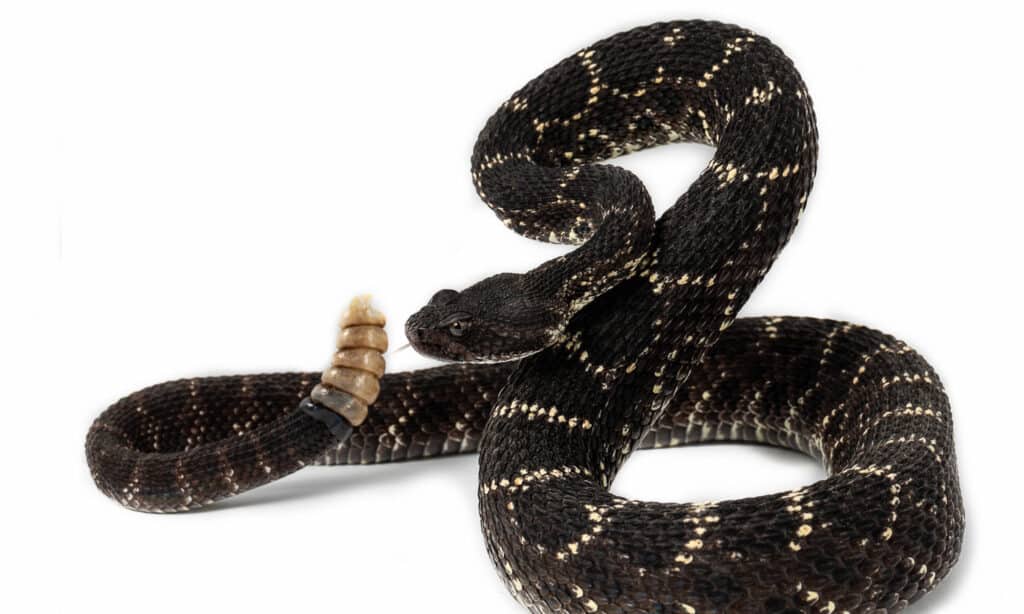Introduction:
The Arizona black rattlesnake is a venomous pit viper that is native to the southwestern United States and northwestern Mexico. With its dark coloration and distinctive rattle, the Arizona black rattlesnake is easily recognizable but can also be a dangerous predator. This essay will explore the various aspects of the Arizona black rattlesnake, including its physical characteristics, behavior, habitat, diet, and the potential dangers it poses to humans.
Physical Characteristics:
The Arizona black rattlesnake is a relatively large snake that can grow up to six feet in length. It has a dark, charcoal-black coloration that is broken up by lighter patches on its belly. The snake's most distinctive feature is its rattle, which it uses as a warning signal when it feels threatened. The rattle is made up of a series of hollow segments that vibrate against one another to produce a buzzing sound.
Behavior:
The Arizona black rattlesnake is a nocturnal predator that spends most of its time hiding in rocky outcroppings, crevices, or underbrush during the day. It is an ambush predator that waits for prey to come within striking distance before attacking. Like all rattlesnakes, it has a heat-sensing pit on its face that allows it to detect warm-blooded prey in the dark.
Habitat:
The Arizona black rattlesnake is found primarily in rocky habitats, such as canyons, cliffs, and mountains. It prefers areas with abundant prey and places to hide from predators, such as rock crevices, dense vegetation, and underground burrows.
Diet:
The Arizona black rattlesnake is a carnivorous predator that feeds primarily on small mammals, such as mice, rats, and rabbits. It uses its venomous fangs to inject venom into its prey, which immobilizes it and begins the digestive process. The snake can go several weeks or even months between meals, depending on the availability of prey.
Potential Dangers to Humans:
The Arizona black rattlesnake is a venomous snake that poses a significant danger to humans. Its venom is hemotoxic, which means it affects the blood and tissues of its prey. In humans, it can cause severe pain, swelling, and tissue damage, as well as potentially life-threatening symptoms such as respiratory failure and cardiac arrest. The snake's rattle serves as a warning signal to potential predators or humans that it is feeling threatened and should be left alone.
Conclusion:
In conclusion, the Arizona black rattlesnake is a large, venomous pit viper that is native to the southwestern United States and northwestern Mexico. It is easily recognizable due to its dark coloration and distinctive rattle, but it can also be a dangerous predator. It is important to be aware of the potential dangers posed by the Arizona black rattlesnake and to take precautions to avoid accidental encounters. If bitten by a rattlesnake, seek immediate medical attention to prevent serious or potentially fatal complications.


Comments
Post a Comment